Welcome to the ultimate showdown in the realm of generative Ai — ChatGPT vs Bard!
In this thrilling battle of wits and algorithms, two cutting-edge Ai chatbots, ChatGPT and Google Bard, are set to engage in a clash that will push the boundaries of conversational Ai.
Come witness an epic showdown showcasing the power of artificial intelligence (Ai). Immerse yourself in a world where human-like chat meets machine intelligence. Let the battle for chatbot supremacy commence!
Ai Chatbots Defined
Before we dive into the detailed information, let us first define what ChatGPT and Google Bard are.
What is ChatGPT?
ChatGPT, powered by Ai, operates as a conversational chatbot employing machine learning to engage users in dialogue. The acronym “GPT” stands for Generative Pre-trained Transformer, a technology designed to identify patterns within data sequences.
Currently, ChatGPT harnesses the GPT-3.5 language model, trained on human-authored text extracted from the vast expanse of the internet. The enhanced GPT-4 model is now utilized in the premium version, ChatGPT Plus, amplifying its capabilities. ChatGPT leverages these Ai language models to construct responses in line with user queries.
What is Google Bard?
Google Bard, an Ai-driven chatbot, excels at emulating human conversations through natural language processing and machine learning, drawing upon vast data from the internet to formulate responses.
Initially utilizing LaMDA for dialogue applications, Bard underwent an upgrade to Google’s advanced language model, PaLM 2 (Pathways Language Model). This enhanced model demonstrates superior capabilities in common sense reasoning, logic, and mathematics, surpassing its predecessors in performance and speed.
Bard’s primary objective centers on delivering detailed responses akin to human-like conversation, diverging from traditional search engine result presentations. It stands as a digital assistant, similar to Alexa and Siri, focusing on furnishing succinct and precise information, accompanied by links for users seeking additional context.
Core Differences Between ChatGPT & Bard
Fundamentally, both chatbots operate on natural language processing, enabling users to input prompts or inquiries and receive human-like responses.
However, essential distinctions stem from the diverse data sources and models they have undergone training on.
| Parameters | ChatGPT | Google Bard |
|---|---|---|
| Base | OpenAi | |
| Language model | A custom-modified iteration of either OpenAi’s GPT-3 or GPT-4, contingent on the specific version. | PaLM 2: Pathways Language Model |
| Data Sources | ChatGPT was trained on a vast dataset from sources like Common Crawl, Wikipedia, books, articles, and the internet. It was trained on data up to April 2023. However, it doesn’t include information prior to 2021, so it may lack the latest world events and research. | Bard was trained on a broad dataset, Infiniset, which includes Common Crawl, Wikipedia, documents, and web conversations. Bard can also search the web in real-time to provide up-to-date answers and the latest research. |
ChatGPT vs Bard: Which Chatbot is better?
Best features of Bard
➡️ Top-notch Text Generation
Google Bard generates text that closely mimics human writing and serves various purposes. It includes responding to questions, summarizing information, and translating languages.
➡️ Creative Writing Help
Google Bard can make all sorts of written stuff, like job ads, hiring letters, and reports. It renders it a valuable tool for businesses.
➡️ Large Dataset
Google Bard trains on a vast collection of text and code. It enables it to provide superior, more detailed answers than smaller models.
➡️ Drafts Feature
You can use Bard’s Drafts if you want something different from what Bard first says or need more info. This lets you see different versions of what it says.
➡️ Write Code in Different Languages
Google says Bard can make code for easy and complex tasks in many programming languages, even if you talk to it in an ordinary language.
➡️ Google Services Integration
As a Google product, Bard works with different Google services and tools such as Google Docs, Google Sheets, and Gmail.
➡️ Multi-language Support
Bard can talk and translate in U.S. English, Japanese, and Korean, and it can work with other languages, too.
Pros and Cons of Bard
Pros
- Bard taps into up-to-date information sources.
- Bard can add pictures to its answers.
- Bard users can pick up their previous chats from where they left off.
- Bard can follow voice commands.
- Bard is compatible with more than 40 languages, including English, Japanese, and Korean.
- Bard offers various response drafts for users to choose from.
Cons:
- Bard has limitations and might sometimes give wrong or incomplete information.
- Bard can reproduce biases from the data it learns, resulting in inappropriate or offensive responses.
- Bard’s integrations are relatively new and expanding gradually.
- It collects and stores user data, which can raise concerns about data safety and privacy.
- Bard must provide sources for its information, making it difficult to verify accuracy. But, it does acknowledge and link sources when quoting from web pages.
Accessibility and Pricing Plans of Bard
Google Bard is available at no cost for an unlimited number of questions. But you’ll need a Google account, which can be easily created in just a few minutes if you don’t have one already.
Best Features of ChatGPT
➡️ Advanced Text Generation
Unlike Bard, ChatGPT can create text that is almost always right in grammar, makes sense, and fits the conversation. This makes it handy for many things like chatbots, making summaries, and writing content.
➡️ Contextual Understanding
Unlike Bard, ChatGPT can get what’s going on in the conversation and reply in a way that makes sense. It uses a trick called attention to focus on essential words and phrases in a sentence.
➡️ Supports Problem Solving & Programming
The chatbot can do easy jobs and follow instructions in regular language. It can do things like math, make bits of code, translate languages, and more. ChatGPT can handle Python, JavaScript, Java, and many more.
➡️ Multilingual Capabilities
ChatGPT is a versatile tool that can understand and respond in many languages. It overcomes language barriers by learning various languages, including English, French, and others.
➡️ Creative Expression
ChatGPT not only provides coherent responses but also showcases creative language use. For instance, it can craft poems, jokes, puns, film plots, song lyrics, and more to entertain its users.
➡️ Continuous Improvement
ChatGPT is a learning system that evolves with user interactions. It adapts and enhances its language generation based on user feedback. ChatGPT ensures that responses align better with user preferences over time.
Pros and Cons of ChatGPT
Pros
- ChatGPT has a ton of knowledge because it learned from lots of text, so it can answer any question you ask.
- Its answers are so good that they look like humans wrote them.
- It responds quickly, which is great for apps that need fast answers.
- You can use it with almost any app because you can teach it to understand different topics.
- And if you need something written, ChatGPT is a cheaper option than hiring a person. This works for blog posts, news articles, and writing stuff.
Cons:
- ChatGPT’s answers might have mistakes because it learned from old data and has yet to be updated since September 2021.
- It can also give biased answers because it learned from data that might have unfair opinions. This means it can make mistakes, especially with questions that must be corrected.
- ChatGPT uses a lot of information but only uses what it already knows.
- It can’t understand the whole conversation, so sometimes it might give wrong answers.
Accessibility and Pricing Plans of ChatGPT
ChatGPT is free for everyone, but you can get ChatGPT Plus for $20 per month if you want extra perks. With ChatGPT Plus, you get:
- Faster response times.
- General access to ChatGPT, even at peak time.
- Priority access to new features and improvements.
Similarities Between ChatGPT and Google Bard
The table below shows the similarities of ChatGPT and Google Bard as Ai chatbots.
| Feature | ChatGPT | Google Bard |
|---|---|---|
| Creates summaries and additional written content | Yes | Yes |
| Offers dialogue-based replies | Yes | Yes |
| Uses context | Yes | Yes |
Google Bard and ChatGPT Put To Test
We have tested both tools to determine their capabilities under various circumstances. The screenshots of the test we made for ChatGPT are under the free version with the GPT-3.5 language model. Let us take a look at how both tools responded.
Retrieving Facts
Prompt: What is an Ai Chatbot?
Bard’s Response:
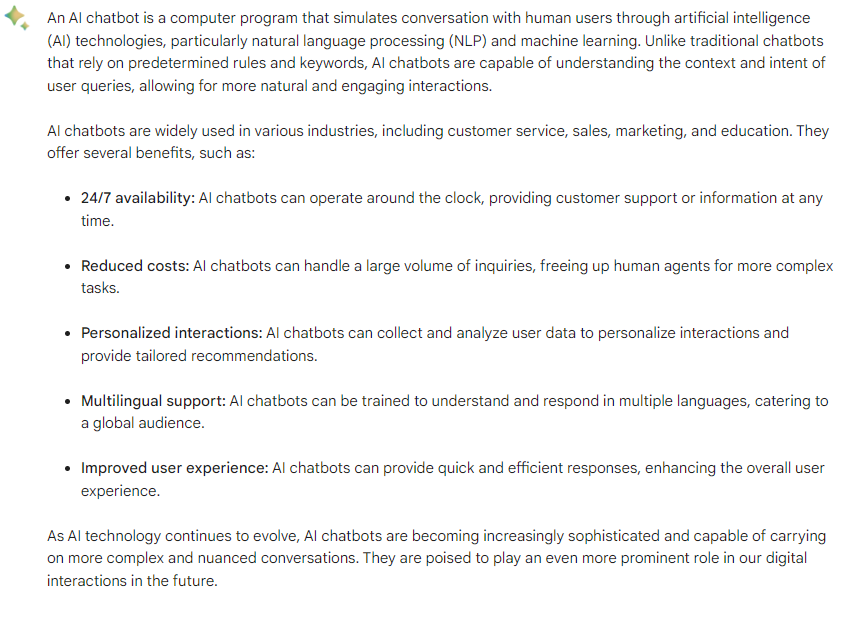
ChatGPT’s Response:
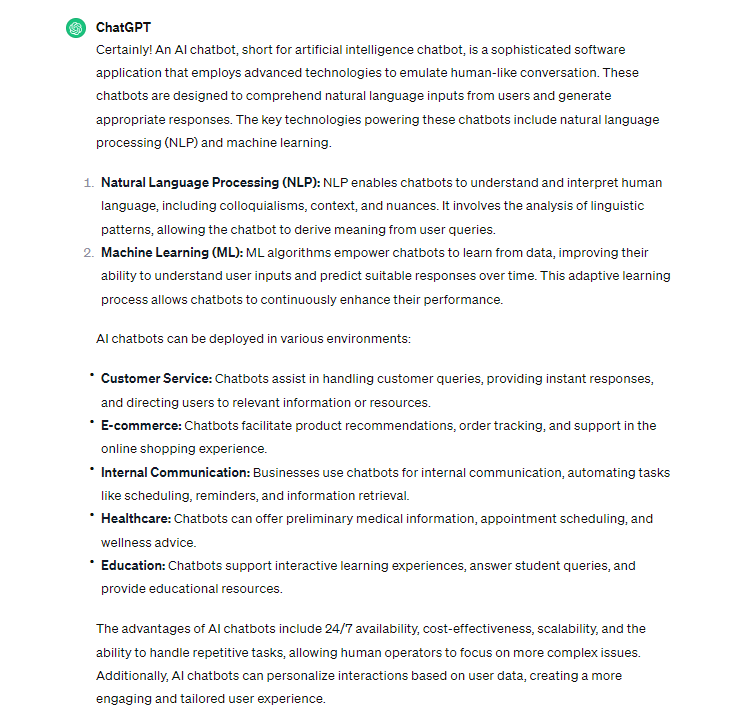
Considering the information provided, both passages offer comprehensive explanations about Ai chatbots. It encompasses their capabilities, advantages, and practical uses.
Bard’s generated passage furnishes a structured overview of Ai chatbots. It describes their components and illustrates their significance across various industries. It provides a more detailed and well-organized perspective.
In contrast, the ChatGPT’s generated passage presents a more concise summary. It emphasizes the advantages and real-world applications of Ai chatbots. It opts for a straightforward and easily digestible approach.
The selection between the two depends on the context and the desired depth of information. For those seeking a comprehensive understanding, the Bard’s is better suited. Or, if a swift overview suffices, ChatGPT’s is the more appropriate choice.
Creative Writing
Prompt: Write a short poem about Tulips
Bard’s Response:
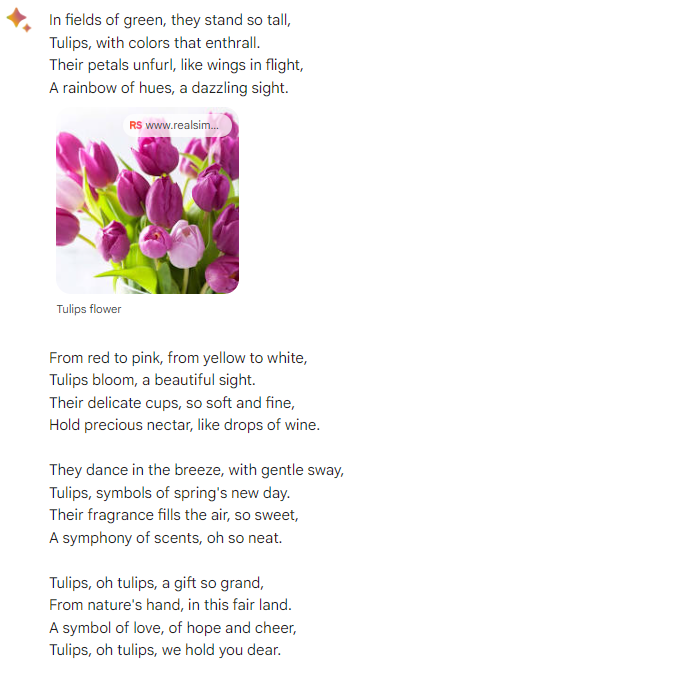
ChatGPT’s Response:
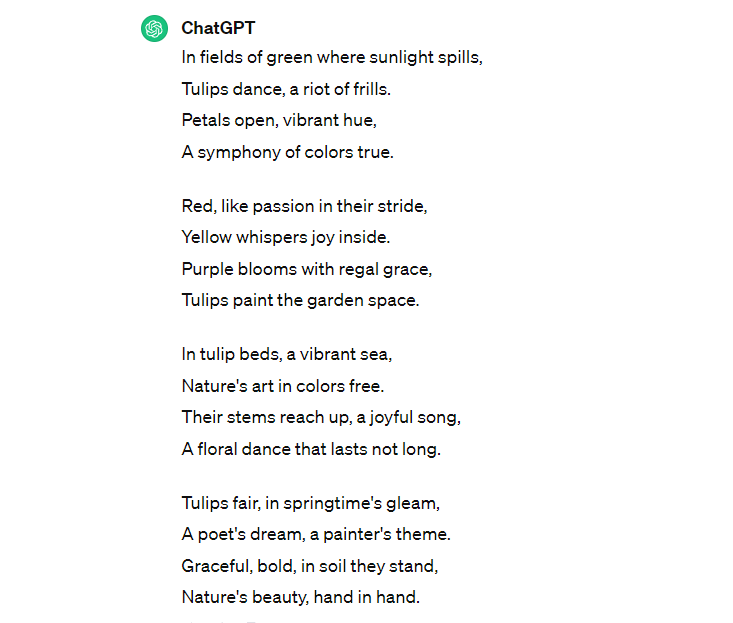
Google Bard and ChatGPT made beautiful poems about tulips, each with its own style. Deciding which one is better depends on what you like.
ChatGPT’s poem stands out with its vivid descriptions and thoughts about how tulips don’t last long if I had to choose. People who enjoy deep and detailed looks at things might prefer it.
Poetry is personal; what touches one person might not touch another. Both poems are unique in their way.
👀👀 Are you looking for free Ai tools to unlock higher clicks? 👀👀
We have 5+ Ai writing assistants for you to try on!
Drafting an Email
Prompt: Write a short resignation letter
Bard’s Response:

ChatGPT’s Response:
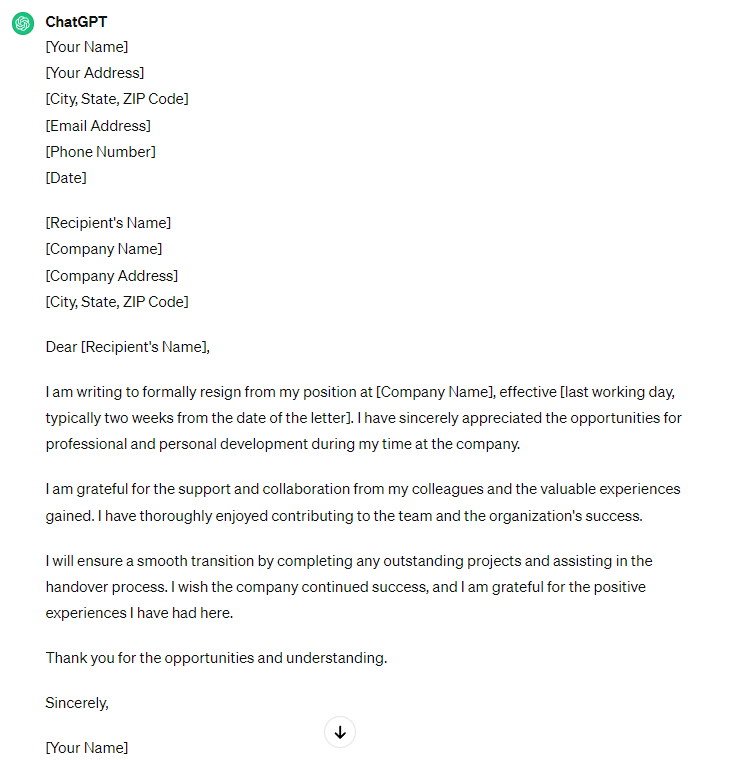
Both resignation letters display professionalism and convey essential information. The choice between them comes from personal preference and your specific resignation circumstances.
Considering a balance of brevity and professionalism, ChatGPT’s letter is more concise and thoughtful. It communicates resignation and gratitude, which can be beneficial in certain situations. But, selecting the letter that best matches your communication style and workplace culture is crucial.
Summarizing
Prompt: Provide the benefits of using Ai chatbots in a summarized form.
Bard’s Response:
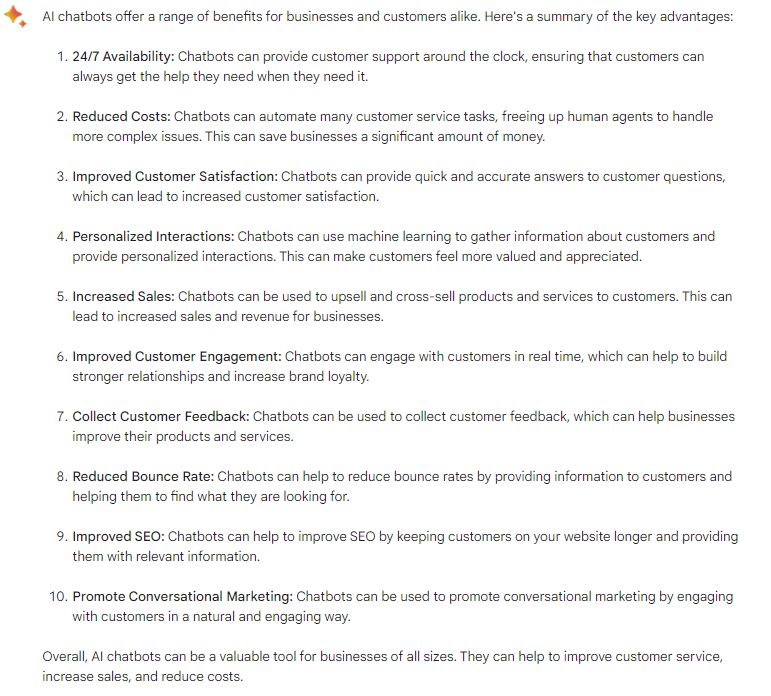
ChatGTP’s Response:
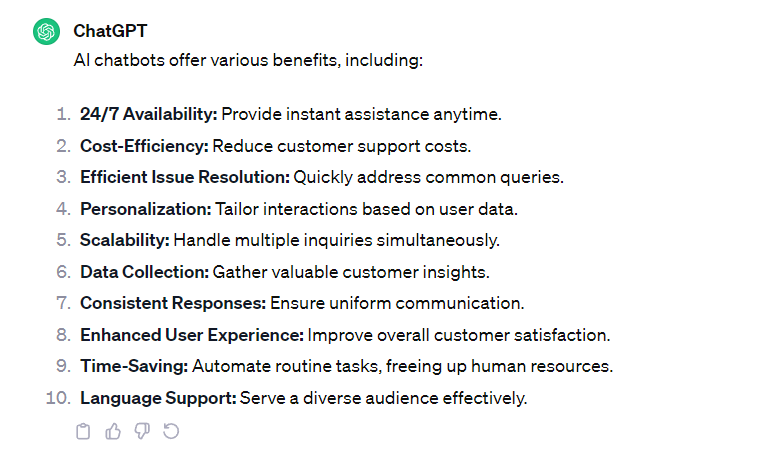
ChatGPT’s generated summarized form compiled enumeration of the advantages of using Ai chatbots stands out due to its brevity and lucidity. It succinctly underscores the primary benefits in a well-structured and straightforward fashion. So, this list can be regarded as the superior choice owing to its concise nature and ease of comprehension.
Sequential Planning
Prompt: Plan a day’s schedule that includes essential activities such as a full day of work from 9 to 5, dedicated family time, a workout session, and self-reflection.
Bard’s Response:
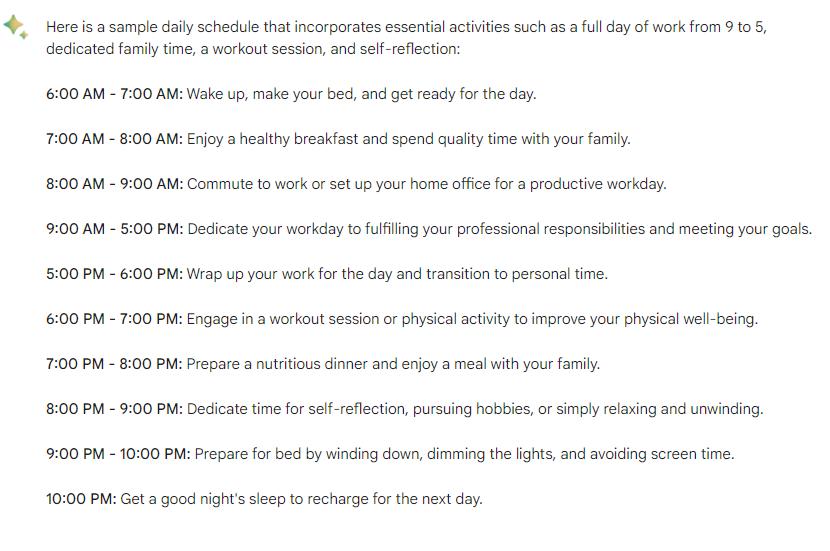
ChatGPT’s Response:

ChatGPT’s generated passage emerges as the preferred selection for several compelling reasons. Firstly, it excels in clarity and conciseness, offering a streamlined schedule. Secondly, it adopts a well-organized format, categorizing activities into sections for effortless navigation. Furthermore, this schedule adheres to a logical sequence, ensuring a smooth progression.
In summary, ChatGPT’s structured, lucid, and adaptable presentation renders it the optimal choice for sequential planning.
Content Writing
Prompt: Make a listicle about Ai Chatbots
Bard’s Response:
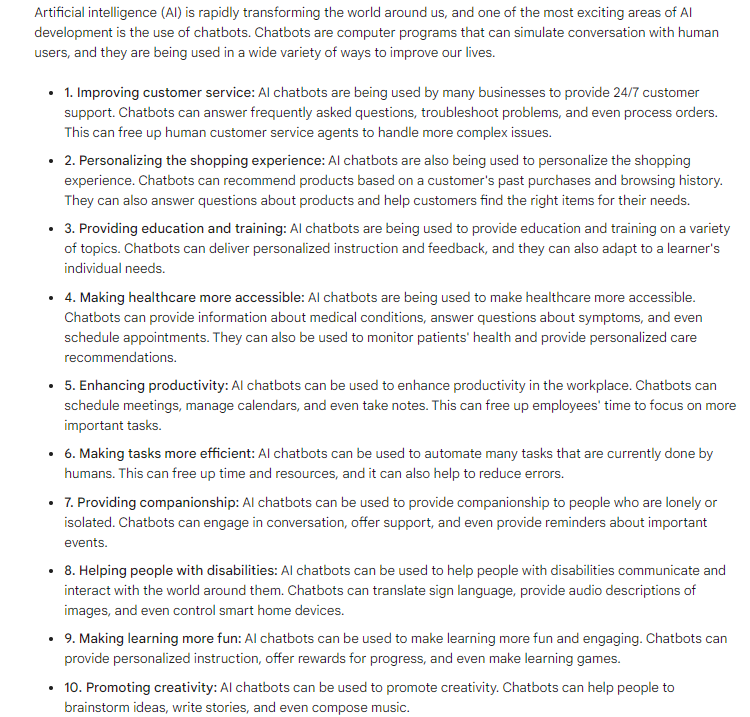
ChatGPT’s Response:
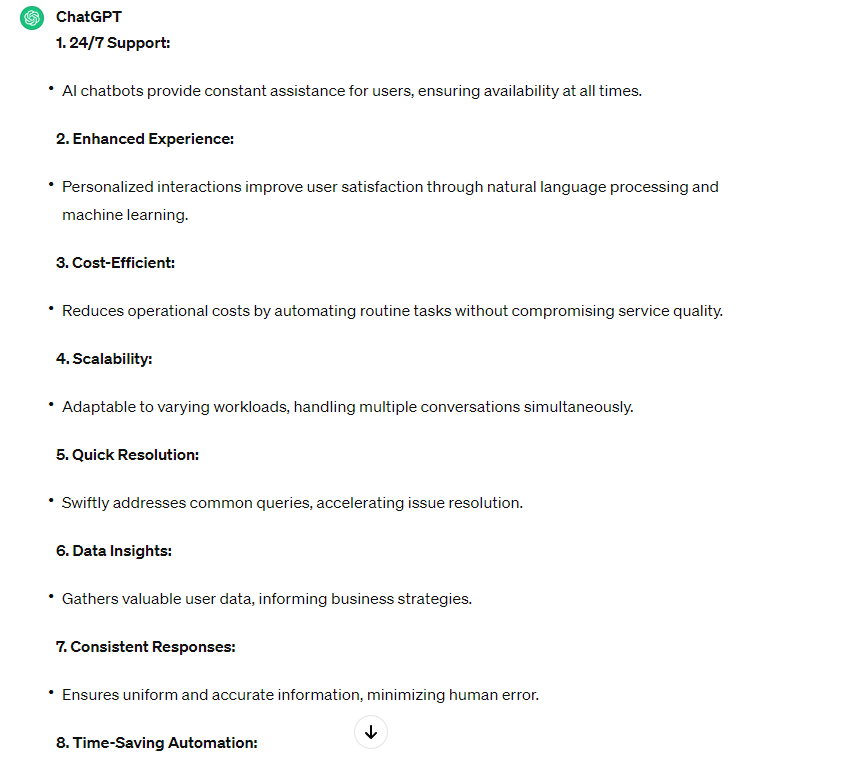
The listicle generated by Bard is better because it gives a more detailed look at Ai chatbots. It covers a lot of topics and goes deep into them. It also talks about how adaptable and promising Ai chatbots are in different industries. This makes it a more informative and interesting read for those curious about Ai chatbots.
Comparison Table: ChatGPT vs Google Bard
We have summarized the results of the test using different parameters into a table to better understand which Ai chatbot stands out.
| Parameters | ChatGPT | Google Bard |
|---|---|---|
| Retrieving facts | KO | Wins |
| Creative Writing | Wins | KO |
| Drafting an Email | Wins | KO |
| Summarizing | Wins | KO |
| Sequential Planning | Wins | KO |
| Content Writing | KO | Wins |

Which One to Choose?
Ultimately, the choice between ChatGPT and Bard depends on the user’s specific requirements and preferences. ChatGPT, with its continuous improvement based on user feedback, remains a versatile tool for generating coherent responses, content and blog writing, and supporting problem-solving. If your uncertainty about ChatGPT is its limitation on website integration, don’t worry because we’ve got you.
GetGenie is the best alternative for ChatGPT for seamless integration with WordPress and SaaS platforms. GetGenie is operating the same NLP as ChatGPT. It has a remarkable Ai chatbot called GenieChat, which integrates the same API as ChatGPT models and offers a variety of customizable options.
Conversely, Bard’s seamless integration with Google services, real-time web searching capabilities makes it a competitive alternative. Both chatbots bring their unique abilities to the table, enriching the Ai landscape and offering diverse solutions for different user needs.
So, the choice is yours!

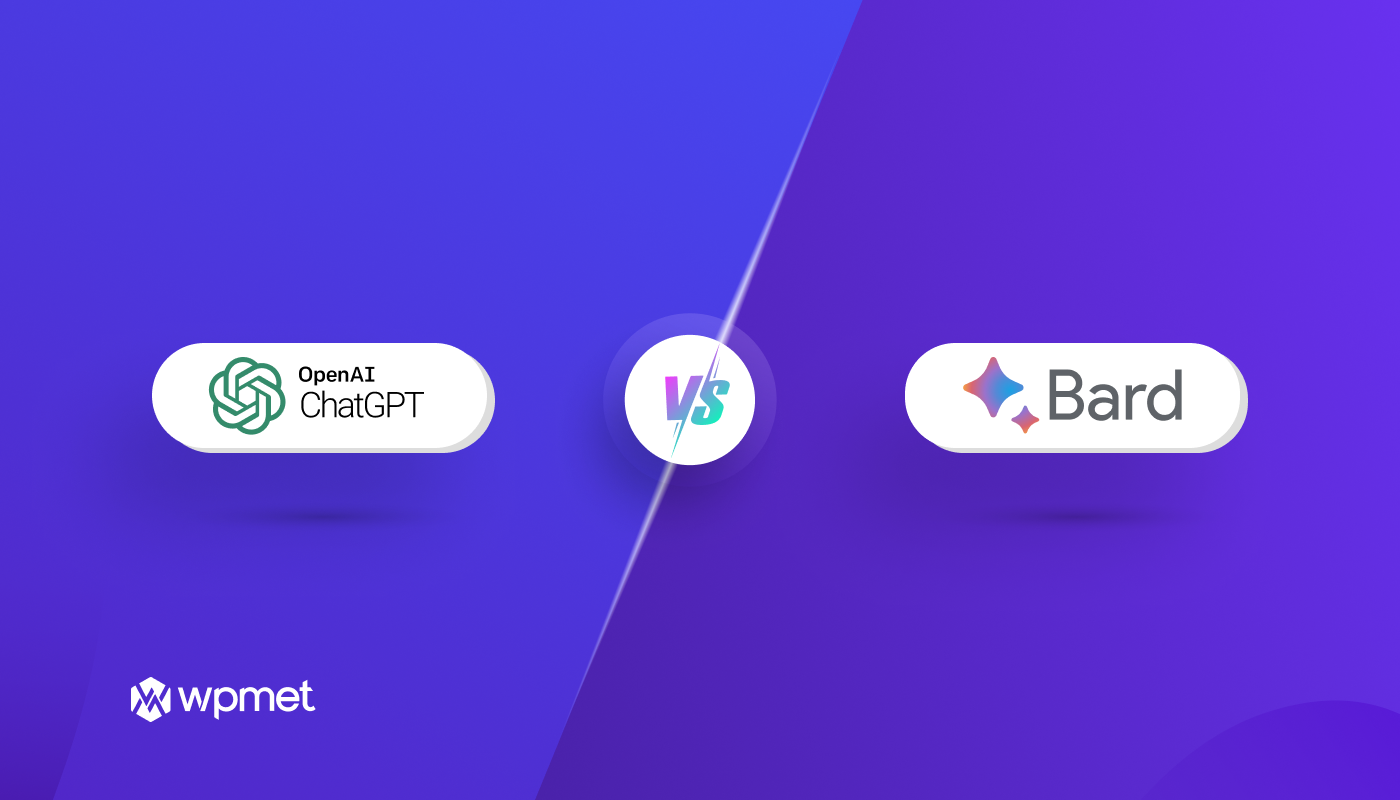
Leave a Reply